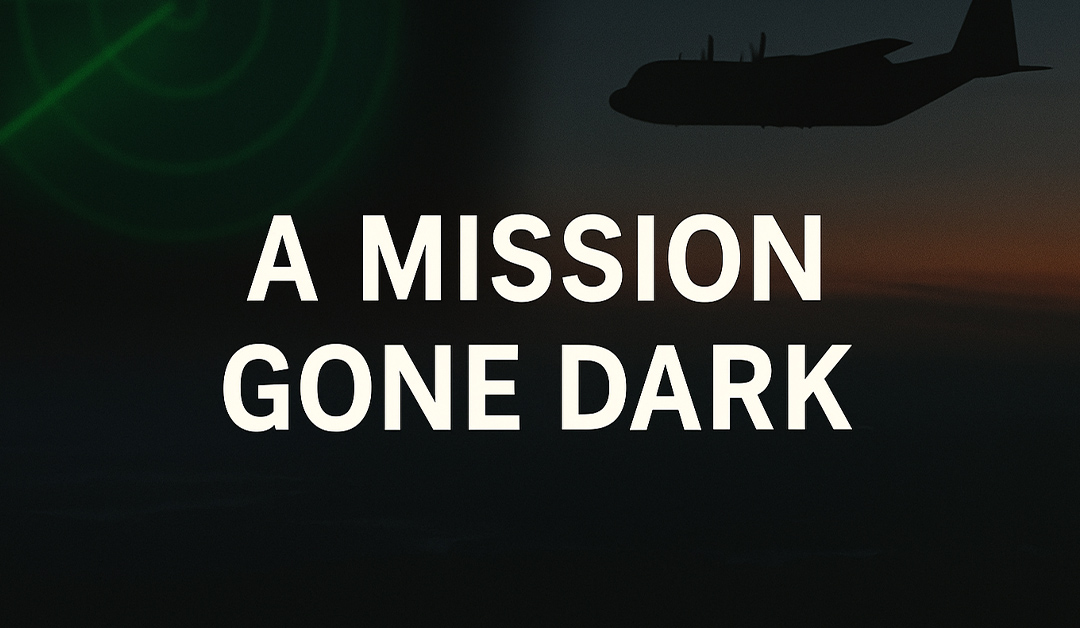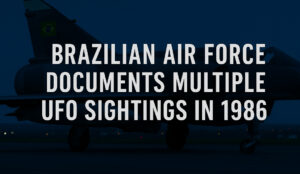On September 2, 1958, a United States Air Force C-130 transport aircraft vanished over the Turkish-Soviet border.
The official story, locked away for decades under layers of classification, reveals a grim and deliberate shootdown deep within Soviet airspace-an operation tracked in real time by Soviet radar, fighter pilots, and radio intercepts.
This wasn’t an accident. It was a controlled interception and destruction of an American aircraft with a full crew on board.
✈️ The Flight and Its Disappearance
The C-130 was flying a routine route: Adana (Turkey) – Trabzon – Van – Trabzon – Adana. It took off from Adana at 0921Z, reported over Trabzon at 1142Z, and then vanished.
According to Soviet radar records:
-
The aircraft crossed into USSR territory around 1242Z, east of Yerevan
-
At that moment, multiple Soviet fighter aircraft were scrambled
-
The aircraft was actively tracked, and intercepted fighters made visual contact
By 1242Z, radio traffic and radar plots confirm the C-130 was fired upon. It went down in Soviet-controlled Transcaucasus-its crew never seen again.
🧭 Navigational Error or Strategic Misstep?
Declassified analysis suggests the U.S. crew may have accidentally navigated using a Soviet beacon at Poti, which operated on the same frequency as the intended Turkish beacon at Trabzon.
-
Both were on a reciprocal bearing from key waypoints
-
The Soviet beacon was more powerful, possibly causing the receiver to lock onto the wrong signal
-
The aircraft drifted far enough east that it unwittingly penetrated hostile airspace
Once inside, the Soviet air defense system went into action.
🚨 The Intercept and Attack
Soviet fighters from the 11th Air Army Fighter Division-based in Armenia-were tasked with intercepting the intruder.
Voice transcripts between Soviet pilots and controllers capture a step-by-step kill order:
-
Fighter pilot "218" reports: "I can see the target"
-
Moments later: "I’ve hit it. I’ve hit it. I’ve hit it."
-
Another voice adds: "The tail unit has broken away… it’s out of control."
Despite some hesitation, multiple fighters carried out attacks in succession.
The last messages describe the C-130 burning, banking back toward the border-but it was already doomed.
"Look, the target’s burning!"
Not a single crew member was seen to eject. The aircraft disintegrated as it fell.
📡 Monitored, Managed, and Destroyed
Soviet radar, voice traffic, and post-engagement flight paths confirm:
-
At least three Soviet fighters engaged the C-130
-
Orders were received in real-time from ground controllers
-
The attack was strategically executed, not spontaneous
Further analysis links one of the intercepting pilots (callsign “2P1”) to high-ranking command-suggesting the shootdown was not just authorized, but closely overseen.
🔍 Aftermath and Cover-Up
The shootdown remained secret for years. The U.S. classified the incident as Top Secret, and families of the aircrew were told little.
Soviet reports were equally tight-lipped-despite knowing the exact location, track, and destruction of the aircraft.
No wreckage was officially recovered. No remains were returned.
What remains is a Cold War tragedy buried under navigational confusion, high tension, and impenetrable state secrecy.






